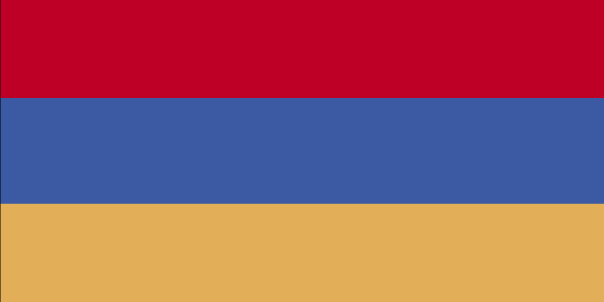
After several years of double-digit economic growth, Armenia faced a severe economic recession with GDP declining more than 14% in 2009, despite large loans from multilateral institutions. Sharp declines in the construction sector and workers' remittances, particularly from Russia, led the downturn. The economy began to recover in 2010 with 2.1% growth, and has grown even faster in the three years since then. Under the old Soviet central planning system, Armenia developed a modern industrial sector, supplying machine tools, textiles, and other manufactured goods to sister republics, in exchange for raw materials and energy. Armenia has since switched to small-scale agriculture and away from the large agroindustrial complexes of the Soviet era. Armenia's geographic isolation, a narrow export base, and pervasive monopolies in important business sectors have made it particularly vulnerable to the sharp deterioration in the global economy and the economic downturn in Russia. Since August 2011, Armenia has experienced a sharp currency depreciation. Armenia has only two open trade borders - Iran and Georgia - because its borders with Azerbaijan and Turkey have been closed since 1991 and 1993, respectively, as a result of Armenia's ongoing conflict with Azerbaijan over the separatist Nagorno-Karabakh region. Armenia is particularly dependent on Russian commercial and governmental support and most key Armenian infrastructure is Russian-owned and/or managed, especially in the energy sector. The electricity distribution system was privatized in 2002 and bought by Russia's RAO-UES in 2005. Natural gas is primarily imported from Russia but construction of a pipeline to deliver natural gas from Iran to Armenia was completed in December 2008, and gas deliveries expanded after the April 2010 completion of the Yerevan Thermal Power Plant. Armenia's severe trade imbalance has been offset somewhat by international aid, remittances from Armenians working abroad, and foreign direct investment. Armenia joined the WTO in January 2003. The government made some improvements in tax and customs administration in recent years, but anti-corruption measures have been ineffective and the economic downturn has led to a sharp drop in tax revenue and forced the government to accept large loan packages from Russia, the IMF, and other international financial institutions. Amendments to tax legislation, including the introduction of the first ever "luxury tax" in 2011, aim to increase the ratio of budget revenues to GDP, which still remains at low levels. Armenia will need to pursue additional economic reforms and to strengthen the rule of law in order to regain economic growth and improve economic competitiveness and employment opportunities, especially given its economic isolation from two of its nearest neighbors, Turkey and Azerbaijan.
$20.61 billion (2013 est.)
country comparison to the world: 133
$19.7 billion (2012 est.)
$18.38 billion (2011 est.)
4.6% (2013 est.)
country comparison to the world: 65
7.2% (2012 est.)
4.7% (2011 est.)
$6,300 (2013 est.)
country comparison to the world: 148
$6,000 (2012 est.)
$5,600 (2011 est.)
agriculture: 20.6%
industry: 37.3%
services: 42.1% (2013 est.)
35.8% (2010 est.)
6.2% (2013 est.)
country comparison to the world: 179
2.6% (2012 est.)
1.394 million (2013 est.)
country comparison to the world: 133
agriculture: 44.2%
industry: 16.8%
services: 39% (2008 est.)
17.3% (2012 est.)
country comparison to the world: 152 18.4% (2011 est.)
diamond processing, metal-cutting machine tools, forging and pressing machines, electric motors, tires, knitted wear, hosiery, shoes, silk fabric, chemicals, trucks, instruments, microelectronics, jewelry, software, food processing, brandy, mining
3.9% (2013 est.)
country comparison to the world: 76